Emergence of Wine Tourism
The wine market in North America is benefiting from the emergence of wine tourism, which has become a popular activity among consumers. Wine regions are increasingly promoting their vineyards and wineries as tourist destinations, offering tastings, tours, and events that attract visitors. This trend not only enhances consumer engagement but also drives sales as tourists often purchase wines directly from the source. In 2025, it is estimated that wine tourism could contribute over $5 billion to the North American economy, highlighting its importance within the wine market. The growth of wine tourism is likely to create new opportunities for wineries and enhance brand loyalty among consumers.
Health Consciousness and Wine Choices
The wine market in North America is witnessing a shift in consumer preferences driven by health consciousness. As consumers become more aware of health and wellness, there is a growing demand for wines perceived as healthier options. This includes organic wines, lower-alcohol varieties, and those with reduced sugar content. The trend suggests that consumers are increasingly seeking wines that align with their health goals, potentially impacting purchasing decisions. In 2025, it is projected that organic wines could account for approximately 20% of total wine sales in North America, reflecting a significant shift in consumer behavior. This health-driven approach is likely to influence product offerings and marketing strategies within the wine market.
Influence of Social Media on Wine Consumption
The wine market in North America is significantly influenced by social media platforms, which serve as vital channels for wine discovery and consumer engagement. Social media allows wineries and brands to showcase their products, share stories, and connect with consumers in innovative ways. Influencers and wine enthusiasts often share their experiences, leading to increased visibility for various wine brands. This trend appears to be reshaping consumer preferences, as younger demographics are more inclined to purchase wines that they discover through social media. In 2025, it is estimated that around 30% of wine purchases in North America may be influenced by social media interactions, indicating a substantial shift in marketing dynamics within the wine market.
Technological Advancements in Wine Production
The wine market in North America is experiencing a transformation due to technological advancements in wine production. Innovations such as precision viticulture, automated fermentation processes, and advanced analytics are enhancing the quality and efficiency of wine production. These technologies enable winemakers to monitor vineyard conditions more accurately and optimize the winemaking process, potentially leading to higher-quality products. As a result, consumers may benefit from a wider range of premium wines available in the market. In 2025, it is anticipated that the adoption of technology in winemaking could increase production efficiency by up to 25%, thereby impacting the overall dynamics of the wine market.
Increasing Consumer Interest in Wine Education
The wine market in North America is experiencing a notable surge in consumer interest regarding wine education. This trend is driven by a growing desire among consumers to understand wine varieties, regions, and tasting techniques. Wine education programs, tastings, and workshops are becoming increasingly popular, leading to a more informed consumer base. As a result, consumers are more likely to invest in higher-quality wines, which could potentially increase the average spending per bottle. In 2025, the average expenditure on wine in North America is projected to reach approximately $400 per household, reflecting a 15% increase from previous years. This heightened interest in wine education is likely to foster a more engaged and discerning customer base within the wine market.


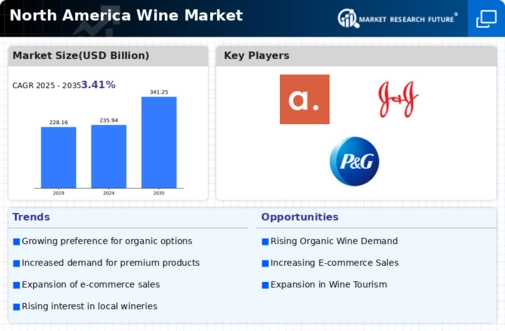

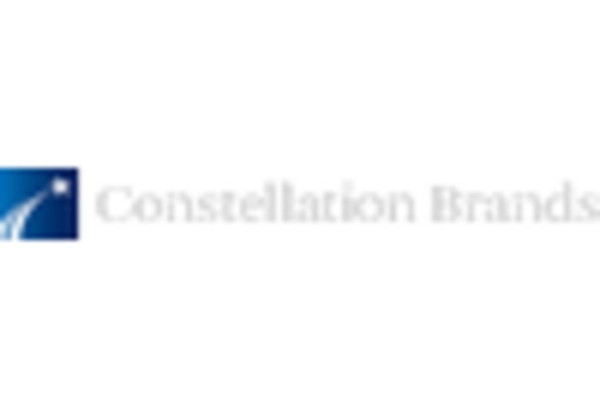
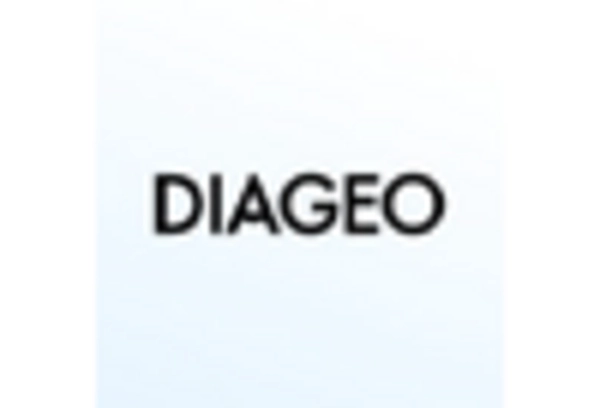
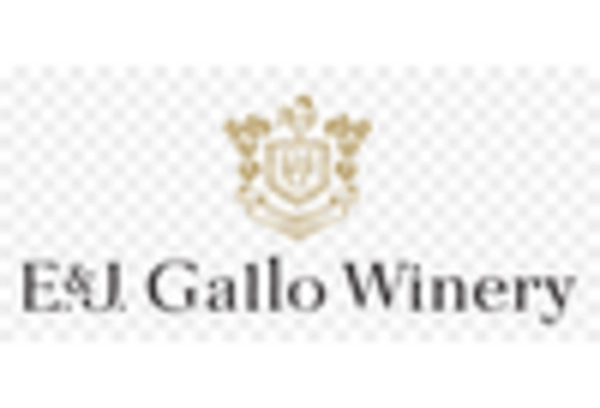

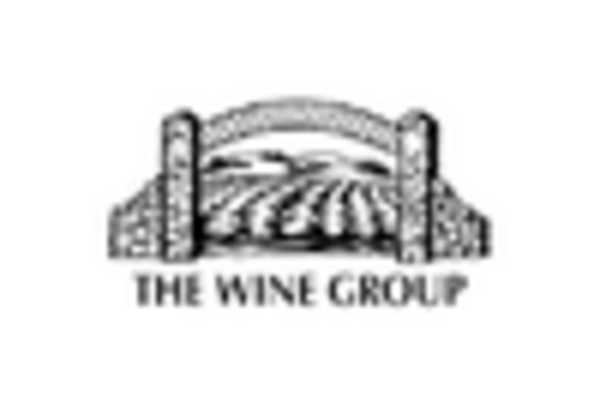









Leave a Comment